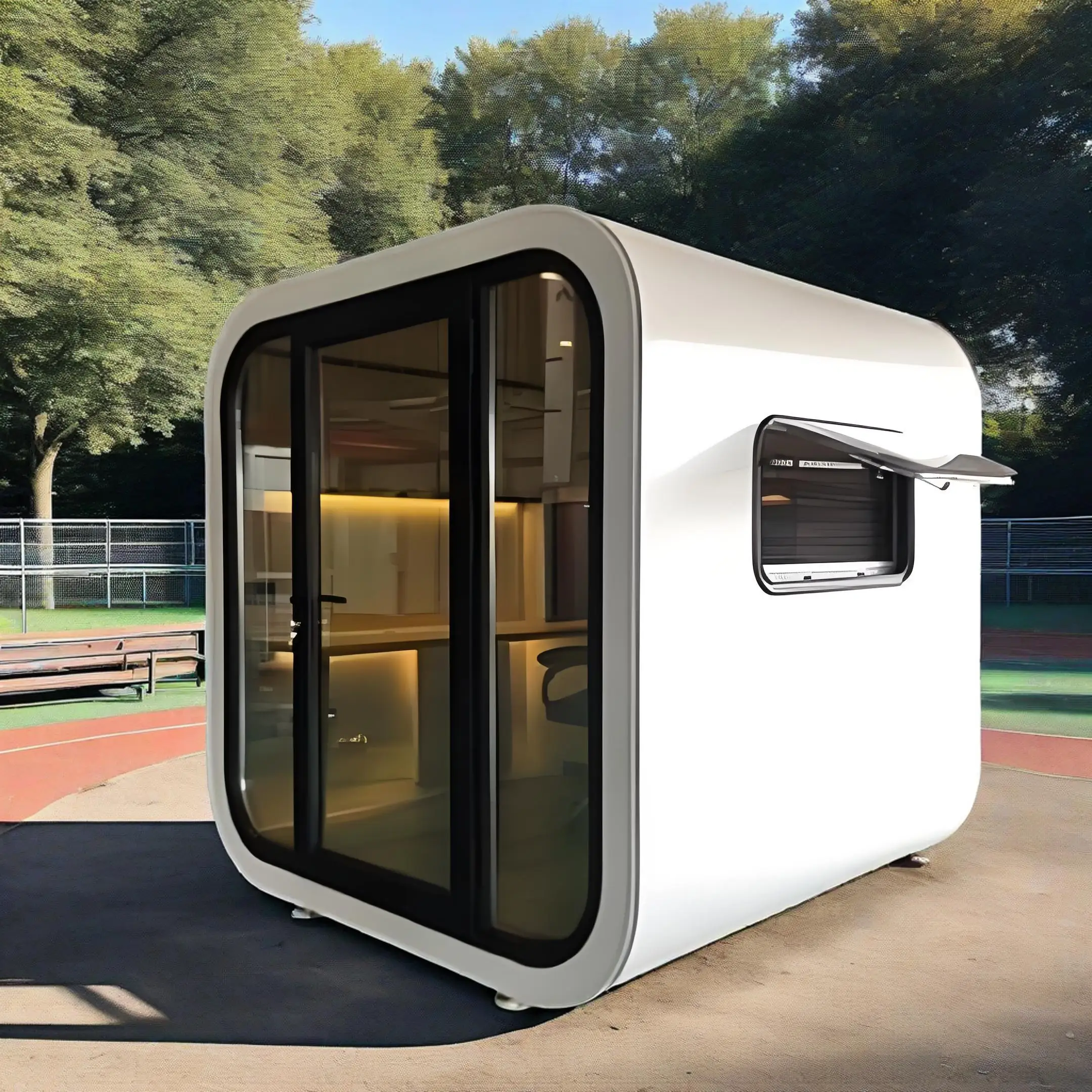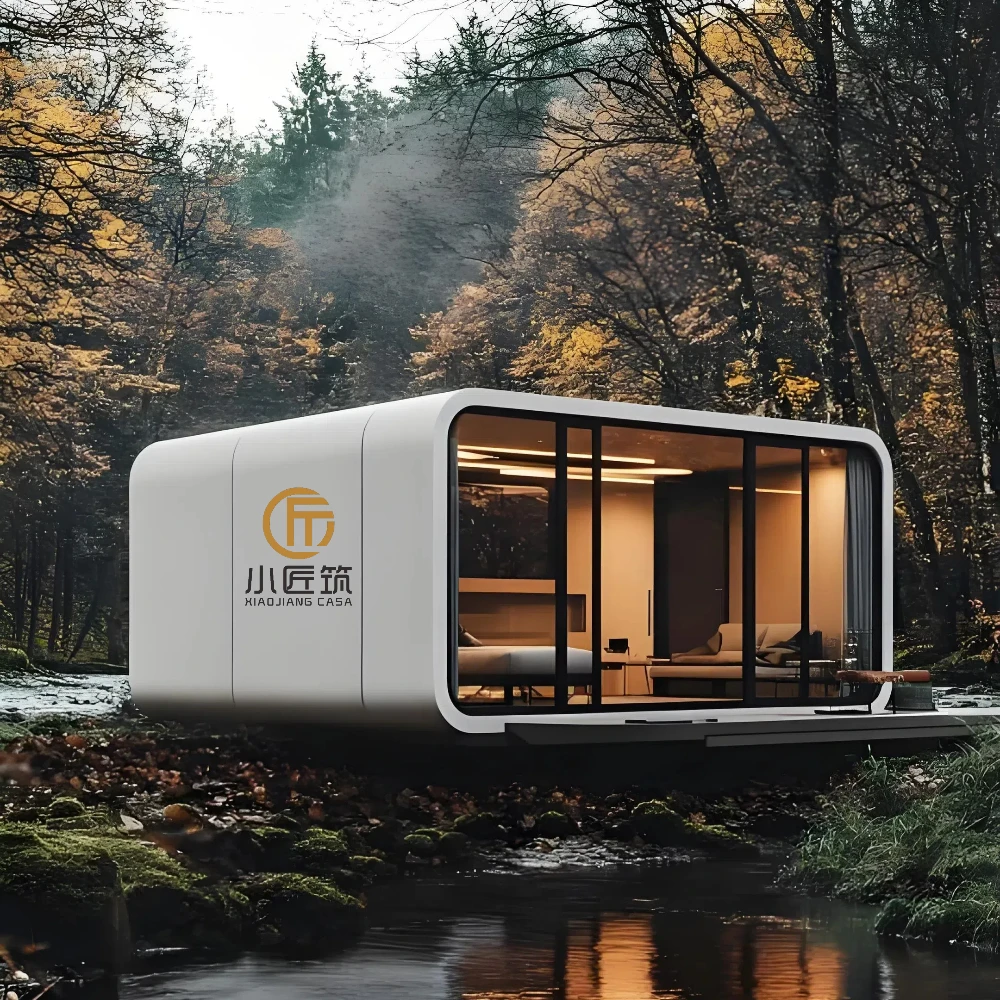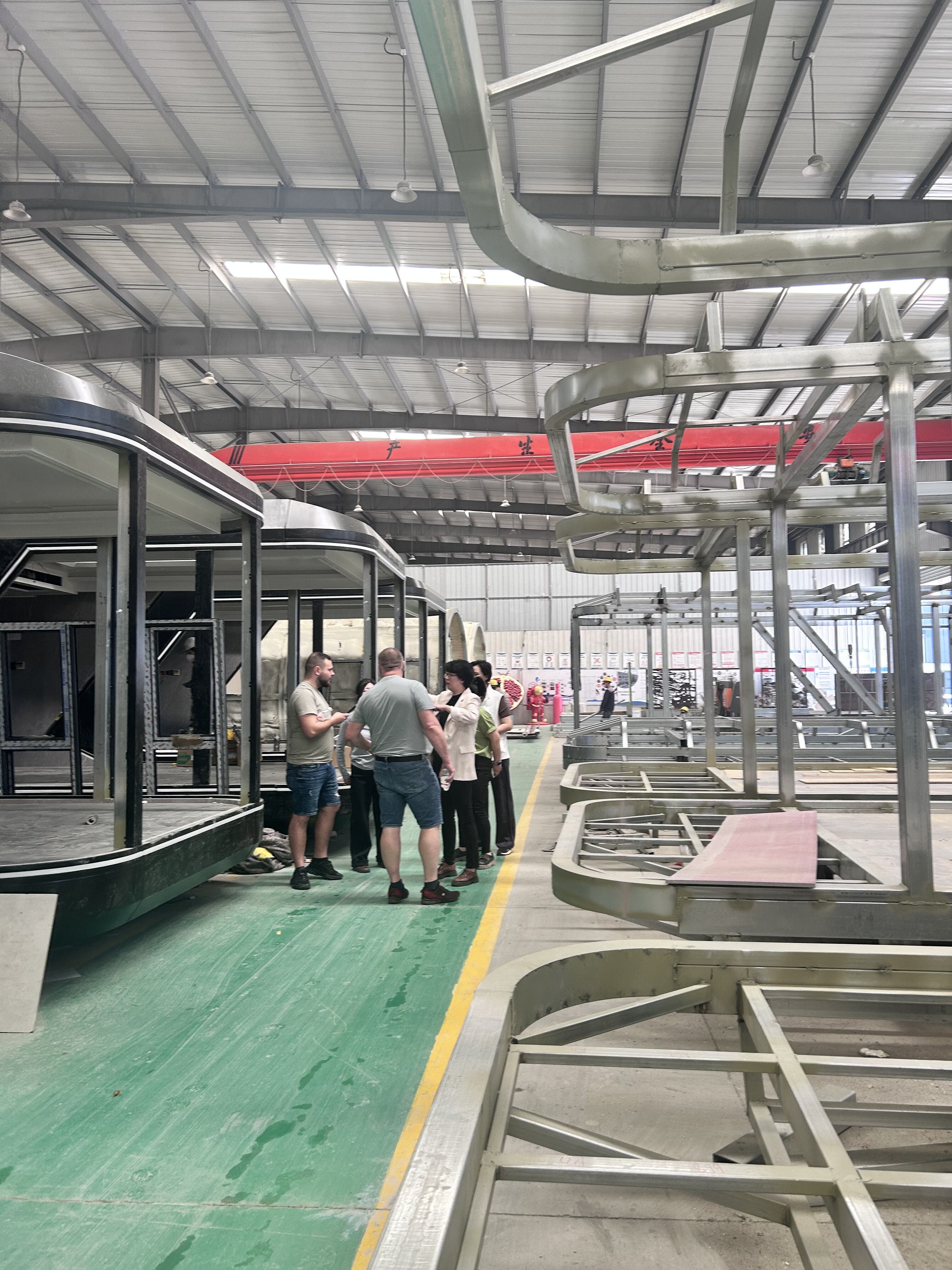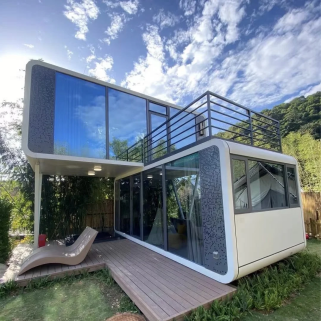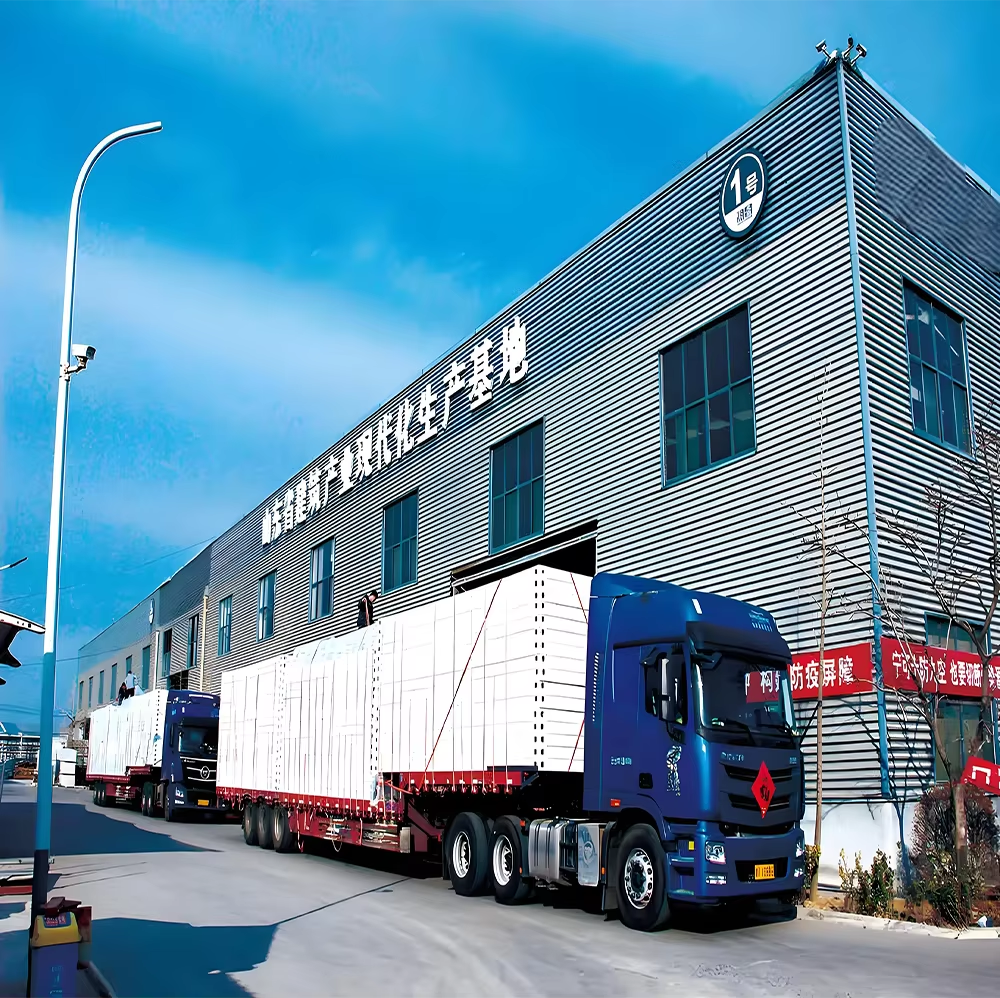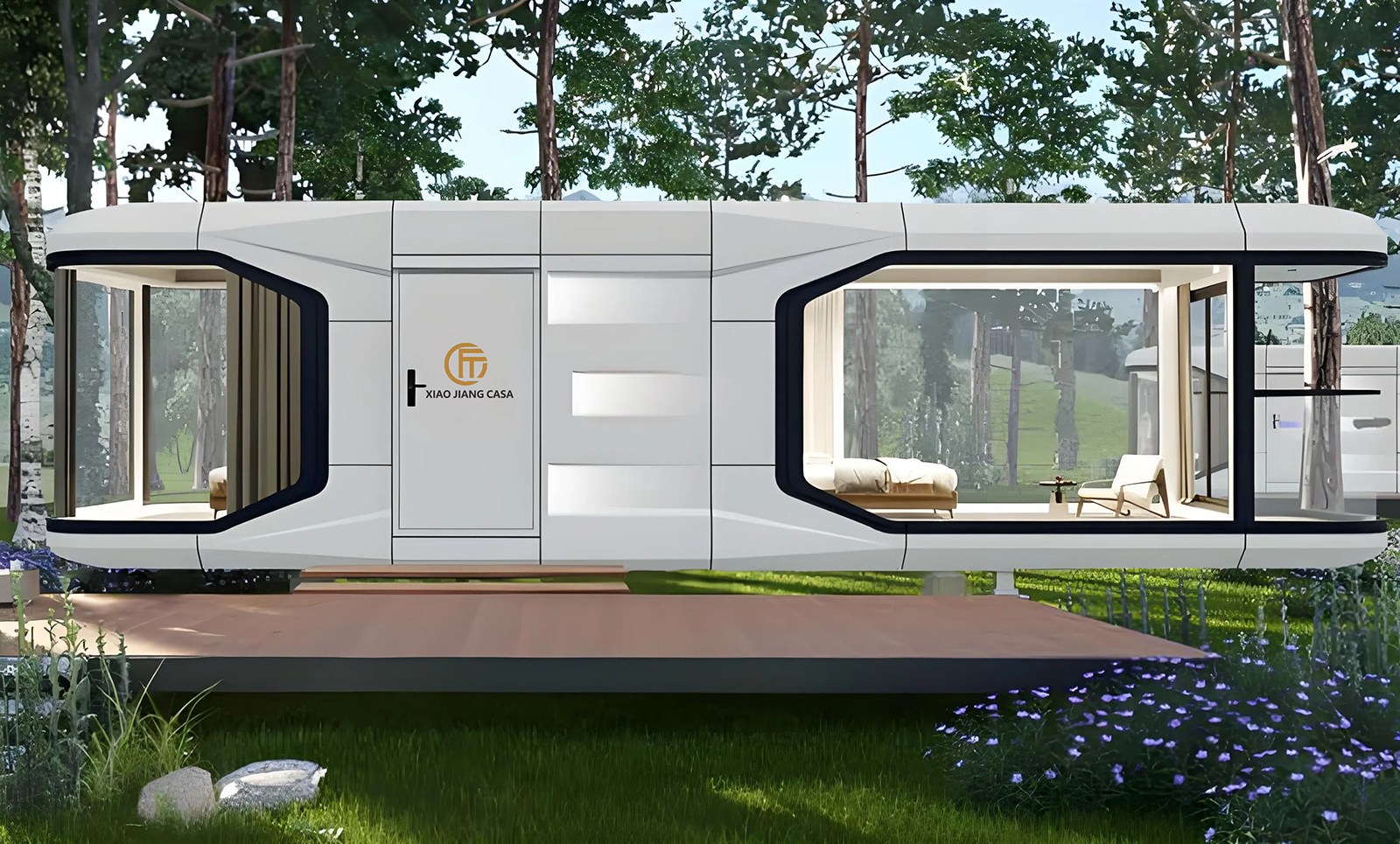Cost Efficiency of Prefab Houses
Material Cost Optimization and Waste Reduction in Factory Settings
When it comes to saving money on materials, prefab homes really shine thanks to their factory-based production methods and ability to buy in bulk. Factories cut down waste dramatically compared to what happens at traditional job sites. We're talking anywhere from 20% to almost all of it being saved! That's because there's no weather messing things up or workers making mistakes on site, which usually leads to losing around 10% to 30% of materials. The computer guided cutting equipment makes sure every piece of wood and steel gets used efficiently. Plus, since most prefab homes follow standard plans, manufacturers can negotiate better prices when buying large quantities from suppliers. According to research published last year, many prefab plants actually recycle about 8 out of 10 leftover materials they have lying around. This means homeowners end up paying between $18 and $35 less per square foot for building supplies than if they went with conventional construction methods.
Labor Cost Savings Through Off-Site, Factory-Based Construction
Moving about 60 to 80 percent of construction work to factory settings means prefab homes need roughly 40 to 50 percent less on site labor compared to traditional methods. Factory based crews can tackle several projects at once while working in controlled environments free from rain or snow delays something that costs regular contractors around $740 every single day according to Ponemon's findings from last year. The Shelter Origins data shows another benefit too these modular approaches cut down labor costs between $32 and $58 for each hour worked, and overall require anywhere from 30 up to almost half as many workers as conventional builds do. Makes sense when looking at both time savings and money spent on personnel.
Long-Term Financial Benefits and Lifecycle Cost Advantages
Prefab homes tend to last longer and save energy thanks to things like solar panels installed at the factory, those triple glazed windows that keep heat in, and joints that fit together really well. Homeowners actually see their yearly utility costs drop somewhere between 25 to 40 percent because of all these features. The steel frames used in construction plus the tight seals around the whole house mean there's not much maintenance needed either. People who live in prefab houses end up spending about 60% less money fixing structural problems after fifteen years when compared to traditional homes built on site. A study from ICAEW back in 2022 confirmed this finding, showing just how much better prefabs hold up over time.
Understanding the Upfront Cost vs. Long-Term Savings Debate
Prefab homes typically range from around $40 to $84 per square foot, but when looking at the big picture, these homes actually end up costing less over time than most people think. The manufacturing process handles those permitting and engineering costs right from the start, usually between $12 and $28 per square foot. That means builders don't have to deal with all those extra charges that pop up during regular construction projects, which can save anywhere from $19 to $42 per square foot. Looking ahead 30 years or so, homeowners find they're saving money on energy bills and repairs too. These savings tend to cover almost everything they paid initially for the house, sometimes even more according to various studies on how modular homes perform financially compared to traditional building methods.
Time Savings Through Off-Site Manufacturing and Modular Processes
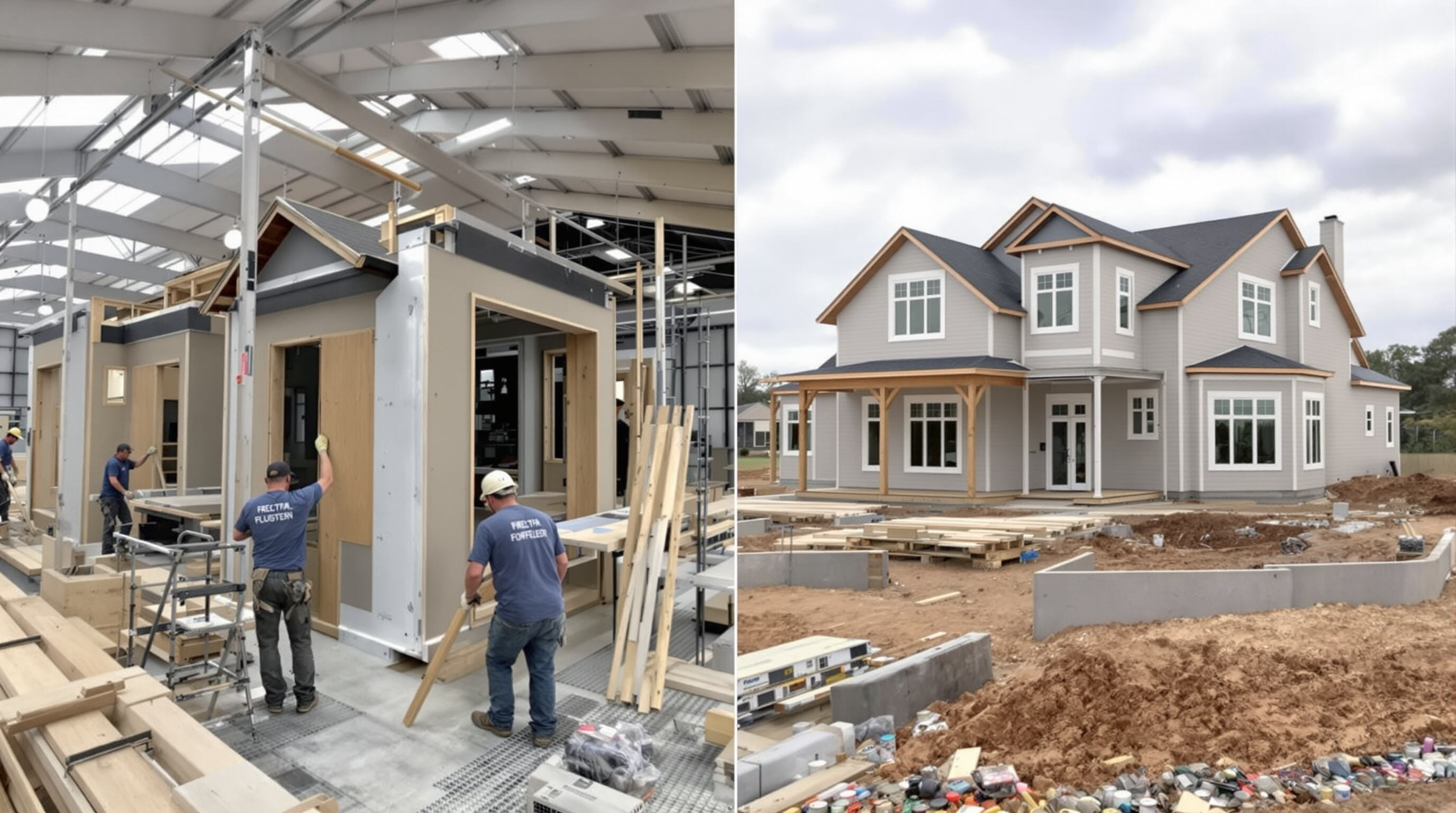
Shorter Development Timelines with Prefab Houses
Factory-controlled production accelerates project timelines by 30—50% compared to conventional stick-built methods. While foundations are poured onsite, entire wall systems, flooring modules, and roofing components are fabricated simultaneously in the factory. This parallel workflow enables faster assembly and reduces dependency on sequential site-based tasks.
Simultaneous Site Preparation and Factory Construction
When we separate what happens on site from making components elsewhere, earthmoving and installing utilities can happen at the same time as building parts are made away from the construction zone. Take the Smith River Housing Project for instance they got people into their new homes 45 percent quicker by overlapping these tasks rather than doing them one after another. Now with digital twin tech coming into play, everything lines up much better down to almost hourly accuracy. This means workers aren't waiting around as much anymore and materials don't sit unused on trucks or storage yards while things get sorted out behind schedule.
Weather-Independent Production for Consistent Scheduling
Outdoor construction projects constantly deal with weather problems like rain, snow, or heat waves that stop work cold. Prefab factories tell a different story though, staying productive about 95% of the time throughout all seasons. Inside these controlled environments, materials don't warp or have those tricky curing problems that cause delays in regular building projects. According to a report from the National Association of Home Builders back in 2023, these issues actually account for roughly a quarter of all schedule overruns in traditional construction. Because of this consistent performance, contractors working with prefabs can promise pretty accurate move-in dates most of the time, usually within just 2% difference. That kind of predictability matters a lot in areas where regulations demand strict adherence to timelines.
Real-World Evidence: Case Study on Time and Cost Performance
Project Overview: Building a Prefab Home in Half the Time
Looking at a 2024 study of a 2,400 sq ft prefabricated house, it finished building in just five months, which is around 40 percent quicker compared to regular homes built directly on location. The team used these modular methods throughout the process, getting about 85% accuracy when it came to materials, so there wasn't much wasted effort or extra work later on. When they mapped out the timeline using critical path methods, they found out that actual onsite work took barely three days total. That's a huge improvement over traditional framing approaches where weather delays usually stretch things out to about 22 days on average. Makes sense why more builders are turning toward prefabs these days.
Direct Comparison: Traditional vs. Prefabricated Construction Costs
| Category | Prefab Home | Traditional Home | Savings (%) |
|---|---|---|---|
| Labor Hours | 680 | 1,150 | 40.9% |
| Material Waste | 7% | 15% | 53.3% |
| Energy Use (kWh/ft²) | 14.2 | 19.8 | 28.3% |
| Total Project Duration | 5 months | 9 months | 44.4% |
Data from the National Association of Home Builders (2023) confirms these figures reflect industry medians for volumetric modular homes. The prefab approach avoided $24,500 in weather-related repair costs typically incurred during exposed framing phases.
Key Takeaways from Accelerated Modular Housing Deployment
- Scheduling Certainty: Factory operations run at 92%+ capacity utilization versus 67% for on-site crews (Modular Building Institute 2023)
- Scalable Savings: Projects exceeding 1,500 sq. ft. gain 18—22% greater cost efficiency through standardized component libraries
- Regulatory Alignment: Jurisdictions adopting ICC/MBI standards cut permit review times by 33 days on average
This case demonstrates how prefab construction integrates design, fabrication, and site coordination into a unified, efficient workflow—offering a strategic solution in regions facing labor shortages and climate disruptions.
Design Flexibility, Customization, and Modern Innovations in Prefab Houses
Prefab homes today are actually pretty flexible when it comes to design, almost matching what traditional builders can do these days thanks to things like 3D printed parts and factories that automate production. People who want their houses customized for families across generations, home offices where they work from afar, or spaces that make life easier for those with mobility issues don't have to break the bank on expensive structural changes anymore. The industry is also getting greener with materials like cross laminated wood panels and steel made from recycled scrap. These options let homeowners express their style while still being kinder to the planet.
Manufacturers are starting to build smart home tech right into their modular units these days. Many come already wired for things like tracking electricity usage, securing the property, and controlling lights and thermostats through voice commands. The newer hybrid designs manage to mix modern looking facades with cozy interiors that feel welcoming inside. Take 2024 for instance – about two thirds of people who bought prefab homes actually changed how their layouts looked while still on the production line. This shows just how flexible building in factories has become compared to traditional methods.
Open-source design platforms allow buyers to collaborate virtually with architects, adjusting room dimensions, window placements, and finishes before manufacturing begins. This "design-to-factory" process eliminates delays associated with traditional blueprint revisions while ensuring compliance with local building codes.
Sustainability and Market Trends Driving Adoption of Cost-Effective Prefab Solutions
Growing Demand for Fast Construction Amid Housing Shortages
The shortage of available housing has pushed demand for prefabricated homes up by about 27% since 2022. Modular building techniques let developers finish multiple unit projects around 40% quicker compared to traditional construction methods. A recent look at the construction market from 2024 shows that nearly seven out of ten city governments are starting to favor these prefab options when creating affordable housing initiatives to fill empty spaces on their books. We see this trend playing out especially in big cities packed with people, where getting units occupied fast makes a real difference against the steep prices developers face for land these days.
Eco-Friendly Practices That Enhance Material and Cost Efficiency
Factory built homes save around 15 to 30 percent on materials thanks to computer controlled cutting techniques and standardized components, which cuts down construction waste by nearly half when compared with buildings constructed on site according to Modular Building Institute data from last year. Many manufacturers have closed loop recycling systems that turn almost 90 percent of leftover wood pieces and metal bits back into useful products like insulation boards or even decorative wall panels. Beyond being better for the planet, these green methods actually help control costs too. A recent survey found that about three quarters of people living in prefabricated houses spend roughly 18 percent less over twenty years on repairs and maintenance than owners of conventionally built homes because their structures are so well sealed against weather damage.
FAQ
What are the main cost advantages of prefab homes over traditional homes?
Prefab homes offer several cost advantages including reduced material waste, labor cost savings, and long-term financial benefits. They save energy costs and require less maintenance, leading to significant long-term savings.
How do prefab homes achieve such significant time savings?
Prefab homes benefit from factory-controlled production that accelerates timelines by 30-50%. They also conduct site preparation and component fabrication simultaneously, reducing overall project duration.
Are prefab homes eco-friendly?
Yes, prefab homes use sustainable materials and green building practices, which reduce waste significantly. Many manufacturers implement closed-loop recycling to reuse leftover materials effectively.
Can prefab homes be customized?
Modern prefab homes offer high design flexibility. Buyers can customize their homes during the manufacturing process, adjusting room dimensions and finishes, and even incorporating smart home technologies.
Table of Contents
- Cost Efficiency of Prefab Houses
- Time Savings Through Off-Site Manufacturing and Modular Processes
- Real-World Evidence: Case Study on Time and Cost Performance
- Design Flexibility, Customization, and Modern Innovations in Prefab Houses
- Sustainability and Market Trends Driving Adoption of Cost-Effective Prefab Solutions
- FAQ


